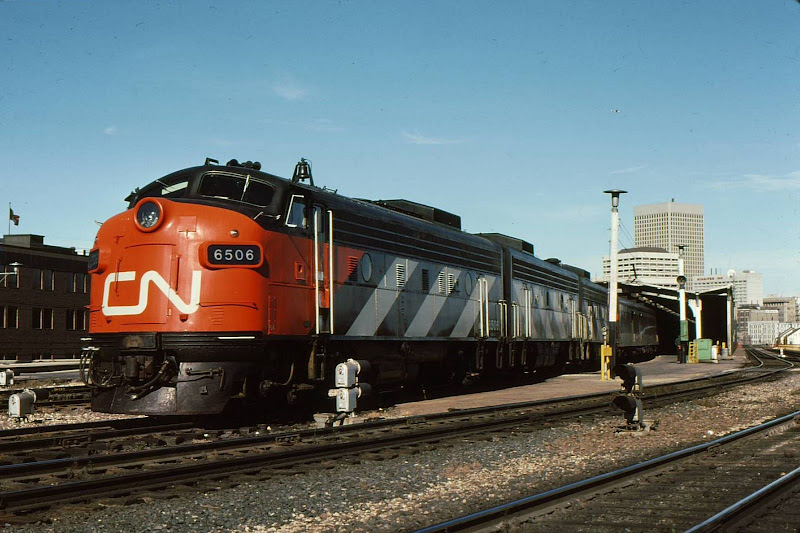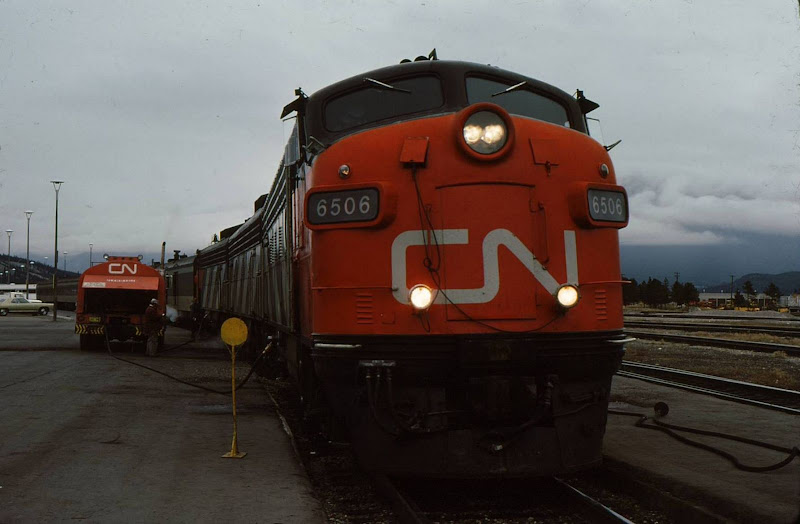Crossover
Train Attendant
The reason why I titled this "Nightlight"is from a belief and concern for those who engineer at night . Over the years I've been interested in railroading , I've noticed a many deadly accidents at night envolving trains traveling in areas where there is little or no light and the light of the locomotive is not enough . I believe there should be mandatory lighting at major points not just stations and yards i.e active warehouse and industrial sidings , interlocking diamonds where lines cross, multiple turnouts where bowl sidings began and end in darkened areas along the main . You have signals but there should be lighting along curves and where there are no airhorn model 10 gated signals only poles with crossbuck signs on them . Lighting should be mandatorily located where there are model 10 gated signals and on bridges . Also between major cities .
Many lives taken , locomotives and expensive cars are destoyed in accidents located in areas that have little or inadequated lighting . I pray for those who work on the lines at night . I live by BNSF and there are lighted at grade crossings . In other important areas of the city and outside of the city of Houston . There is little or no lighting along the tracks . As beautiful night railroading can be, it is also can be risky and dangerous due to it being heavily dark . It can be both freight or passenger during all seasons especially winter where you can't see the black ice . Yes , just like trucking , there is a such thing as black ice on the rails enough to cause major wheelslip resulting in a derailment and it is dark , you can't really see the tracks except the turnouts even after a jordan spreader has passed and the rails ice up again or spring and summer during the months of storms and heavyrains , the tracks are flooded rotting out some ties below or washout of a portion of a main line from a flooded creek, river, lake , or bayou or possible bridge out . This is why I believe it is important for adequate and mandatory lighting in key areas along the tracks at night . I pray for those who engineer locomotives and work on the tracks at night , ya'll be careful and be safe out there on those tracks at night .
Many lives taken , locomotives and expensive cars are destoyed in accidents located in areas that have little or inadequated lighting . I pray for those who work on the lines at night . I live by BNSF and there are lighted at grade crossings . In other important areas of the city and outside of the city of Houston . There is little or no lighting along the tracks . As beautiful night railroading can be, it is also can be risky and dangerous due to it being heavily dark . It can be both freight or passenger during all seasons especially winter where you can't see the black ice . Yes , just like trucking , there is a such thing as black ice on the rails enough to cause major wheelslip resulting in a derailment and it is dark , you can't really see the tracks except the turnouts even after a jordan spreader has passed and the rails ice up again or spring and summer during the months of storms and heavyrains , the tracks are flooded rotting out some ties below or washout of a portion of a main line from a flooded creek, river, lake , or bayou or possible bridge out . This is why I believe it is important for adequate and mandatory lighting in key areas along the tracks at night . I pray for those who engineer locomotives and work on the tracks at night , ya'll be careful and be safe out there on those tracks at night .





